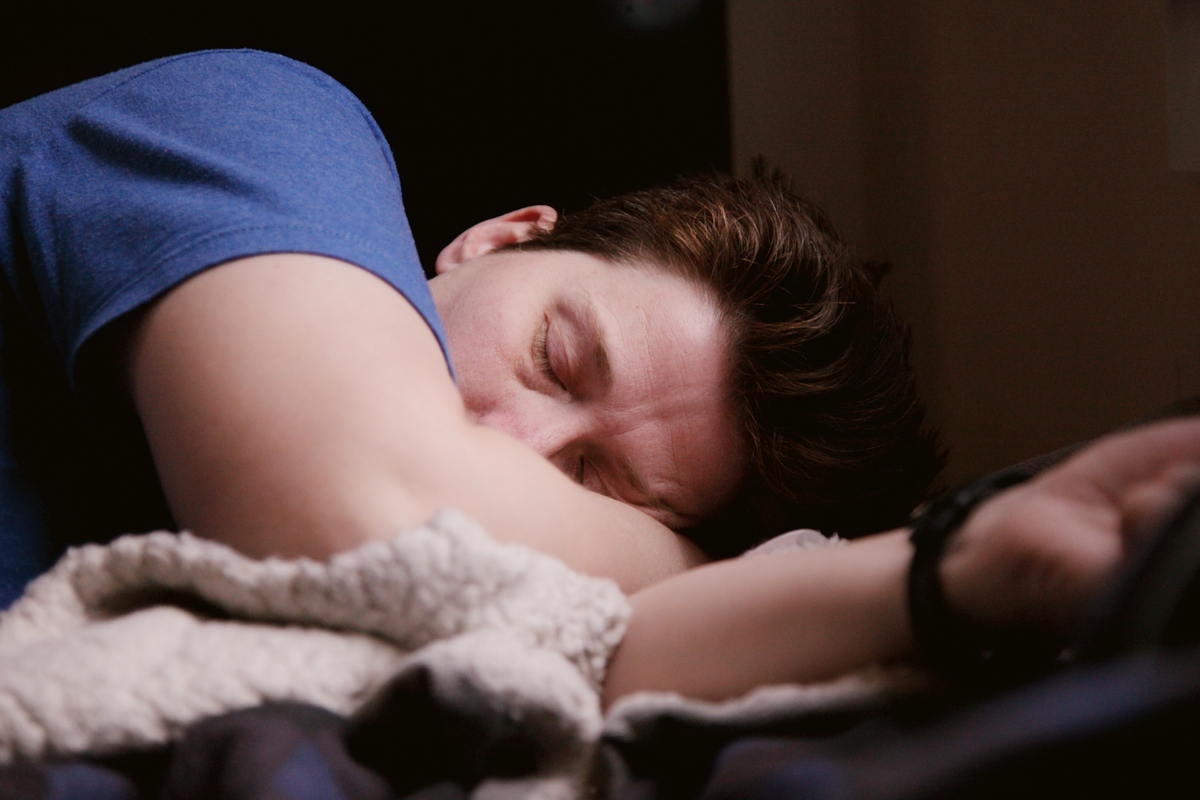
Sleep Well During Shielding
Sleep Well During The Covid-19 Pandemic

For the first time for many people they are experiencing unsettling vivid dreams, nightmares, and often wakening during the night with feelings of anxiety. These are termed pandemic dreams they are new and are frightening experiences for these dreamers leaving them understandably unsettled and confused. Many people who have never experienced this are asking why
Here are some helpful sleep hygiene suggestions that may help:
- Keep a consistent sleep schedule – even though you may be stuck at home does not mean you cannot go outside, as staying inside decreases your light exposure and makes it harder for your body clock to maintain its circadian rhythm. If you can safely get some sunlight, especially in the morning, that will help your brain and body keep the daytime/night-time schedule running smoothly.
- Try to maintain a consistent routine, this will help your mental and physical wellbeing and provide some sense of normalcy in these abnormal times. You don’t have to keep the exact same schedule every day. But if you are stuck at home for a while, adding structure to your day will help. Plan some grounding activities like planning meals, facetiming to keep that social contact, and a solid start and end of your work or school day so that everything doesn’t run together.
Aim to get the right amount of sleep you need
- For some people, changes to their schedule means more time at home therefore more opportunity to sleep! If you’ve been “limping along” with less sleep than you need and spending your weekends “catching up” on sleep, reduced travel, work related time commitments may mean an opportunity to try and improve your sleep schedule.
- On the other hand, although staying home may increase the time you have to sleep, resist the temptation to drastically extend your time in bed, particularly that dozing opportunity in the morning. Most adults need seven to eight hours and should limit their time in bed to actual sleep time. Spending more time in bed awake or dozing on and off increases sleep fragmentation and results in lighter, less restorative sleep.
Might be a good idea if you are sleepy during the day due to not sleeping well at night, however, no longer than 20 minutes and always before 4pm. Napping for 10 minutes, can improve energy levels and promote mental performance. A nap may make it harder to sleep at night by reducing your sleep drive and can leave you sleepy the next day.
- Keep active
Try to exercise. Do not sit around just because you are home and your routine has changed. You will increase your chances of a better sleep if you incorporate some exercise and it can also keep your body clock synchronized.
Don’t use alcohol as a crutch
With the stress of a global pandemic, wine might seem like the answer, but it is not. Although alcohol helps you fall asleep faster, it also makes sleep more fragmented and increases middle-of-the-night anxiety insomnia.
Try and address your worries and concerns
- Although it is impossible to completely avoid coronavirus-related stressors right now, limit your exposure to the vast amount of information that is causing you to react in an anxious manner. This may mean less TV news about the Coronavirus, unemployment, heart-breaking hospital patient stories, particularly reading news updates right before bed
- For those middle-of-the-night wake-ups, remember most of the problems can wait until tomorrow. Three in the morning is a terrible time to calm yourself down — your brain expects to be asleep at that time, not problem-solving! If you are worried that you’ll forget something important, keep a notebook next to your bed and write it down. Then do your best to go back to sleep.
- Keep a consistent bed- time but more important is your wake time. Try and rise from your bed as soon as you awaken, keep the same time if possible.
- Reduce stress – try breathing exercises, yoga, or meditation. Many free offerings of anxiety reduction tools can be found online to assist with stress reduction. See below
4-7-8 breathing
In a comfortable position, with your eyes open or closed:
- Inhale for 4 seconds
- Hold breath for 7 seconds
- Exhale slowly, for 8 seconds
- Repeat several times
Deep breathing helps your body and mind relax and promotes good sleep. By taking a deep inhalation and holding your breath, you are increasing your body’s oxygen level, allowing your body to have to work slightly less hard to function.
A long, slow exhale has a meditative quality to it that is inherently relaxing.
That slow exhale is also very similar to the pace of breathing your body adopts as you are falling asleep. By deep breathing before bedtime, you are, in a way, mimicking the breathing patterns of sleep onset, and nudging your body and mind toward its all-important period of rest.
Guided imagery
Think about tasting a tart or sour food–maybe sucking on lemon or a lime or swallowing a teaspoon of vinegar. Really imagine this experience: the smell, the taste on your tongue, the sensation as the food hits your throat. What happened? You likely had a physical reaction to this imagery. Maybe your lips puckered, or your mouth watered. That is the power of imagination, and of guided imagery. When we imagine something, our bodies respond as though they were experiencing that imagined moment.
Guided imagery is a mind-body technique that can be used to reduce stress and promote sleep. Guided imagery exercises engage all the senses in a focused period of imagination. This powerful mind-body tool helps to connect the conscious mind with the unconscious mind, which helps direct the body toward positive, desirable responses. Guided imagery can be tailored and targeted to different goals, including relieving physical and mental stress, reducing anxiety, preparing for, and bringing about sleep. Guided imagery is another terrific component of a nightly pre-bed routine. Spending a few minutes engaged in a soothing, restful guided image journey—such as imagining yourself floating peacefully in a calm ocean, being rocked by gentle waves and covered by a warm breeze—can help you gently separate from the stresses of the day and prepare the mind and body to sleep.
There are several different levels and forms of guided imagery that range from visualizations to more organized and targeted imaginative scripts and storytelling. It is possible to learn guided imagery on your own. It can also be valuable to seek the assistance of a therapist or practitioner in developing a guided imagery practice.
Progressive relaxation
This mind-body relaxation technique is a simple, striking way to become familiar with your body and the places where you hold stress and tension. Progressive relaxation involves working one at a time with different areas and muscle groups of the body, first tensing and relaxing them. This practice cultivates an awareness of what both tension and relaxation feel like in your body. With that awareness you become better prepared to address that physical tension and any mental or emotional stress that accompanies it.
Used as part of a nightly power down routine, progressive relaxation can help you release physical and mental tension that, left unaddressed, can interfere with sleep. A typical progressive relaxation routine starts at the lowest point of the body—the feet—and works gradually up to the top of the head, tensing and relaxing every area of the body along the way.
Covid-19 and sleep/dreams April 2020
Donna Fairley RN PGCert CBT Behavioural Sleep Specialist
donna@sleepconsultancyltd.co.uk
Sleepconsultancyltd.co.uk
You might also be interested in our Wellbeing Resources section, which has additional advice from Donna Fairley on sleeping well, as well as other topics including managing anxiety, looking after your mental health, and more.


